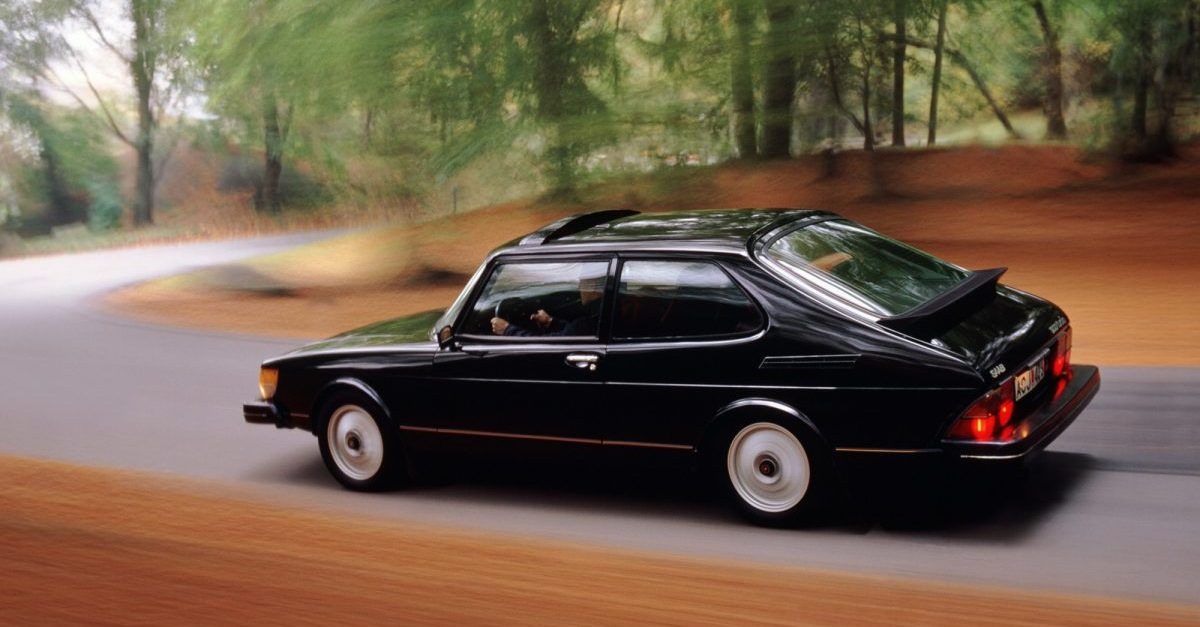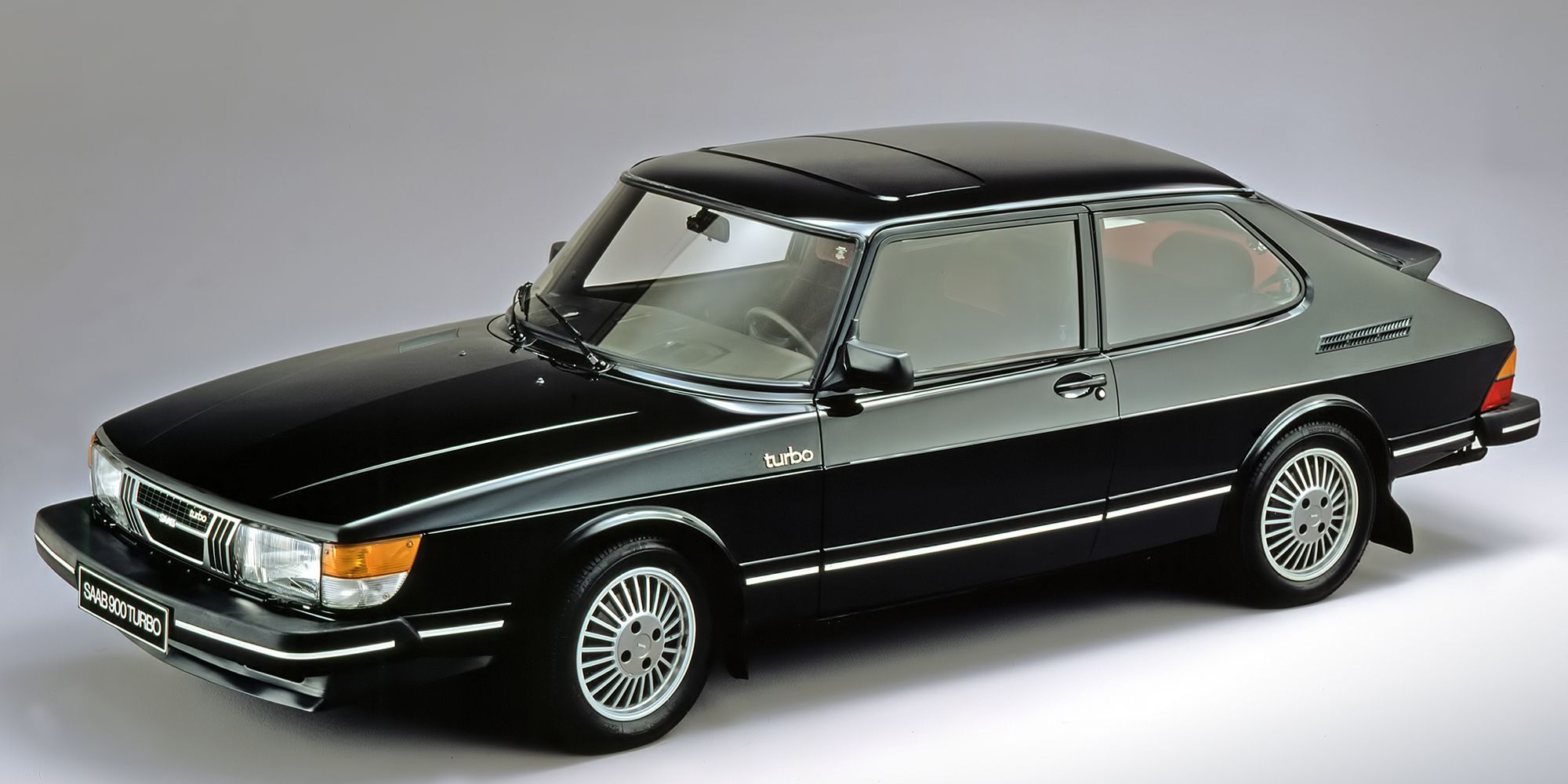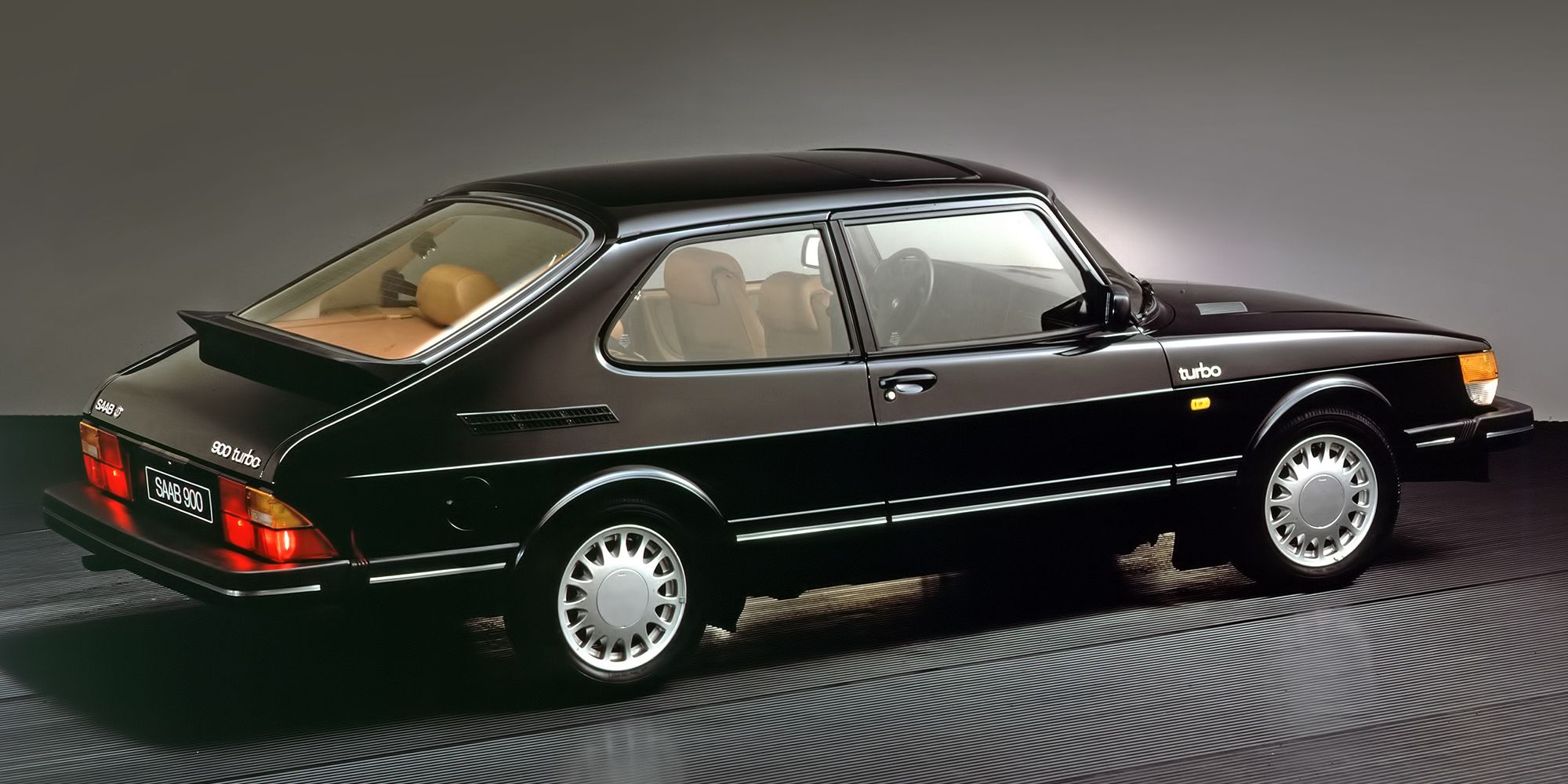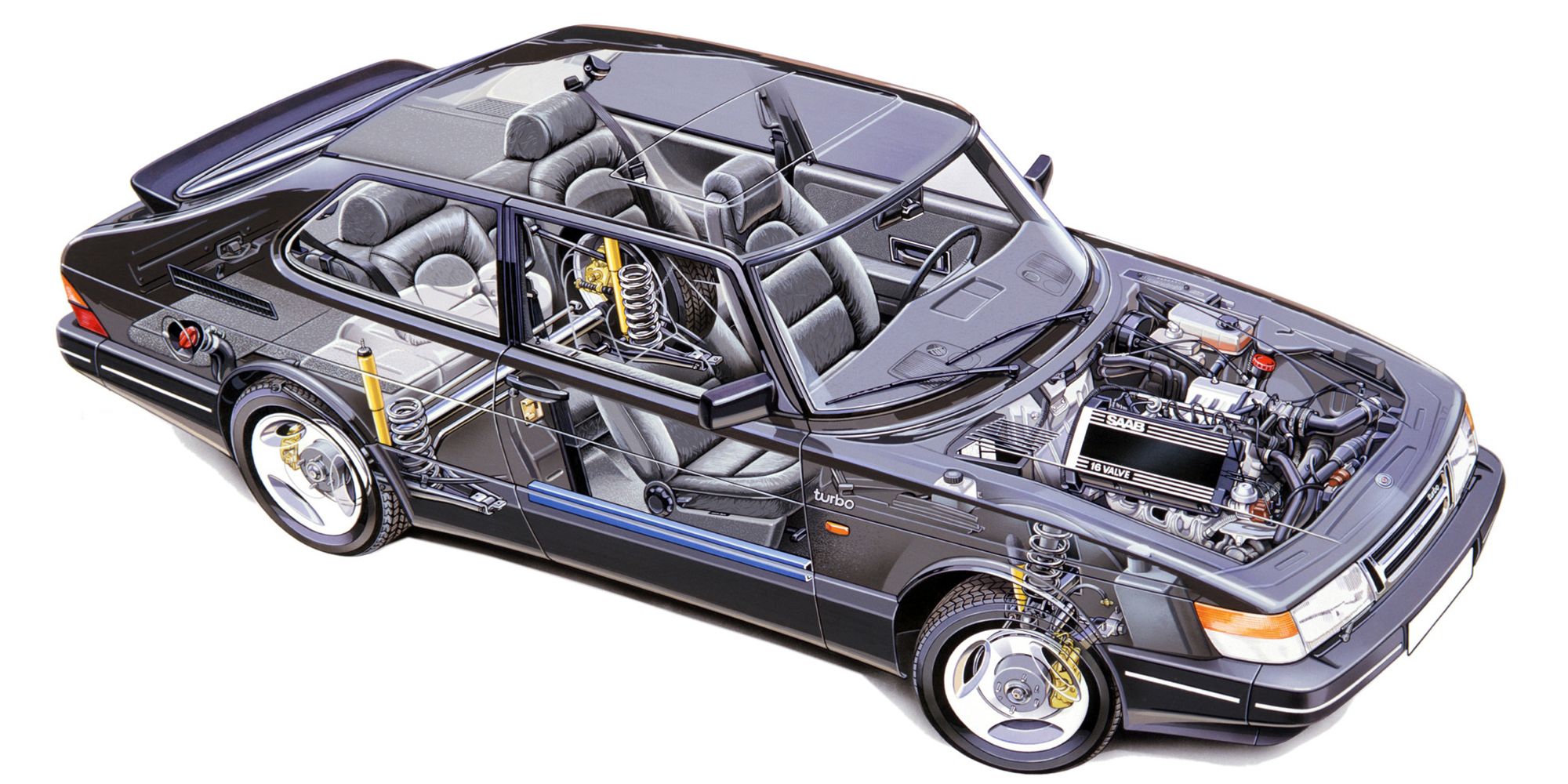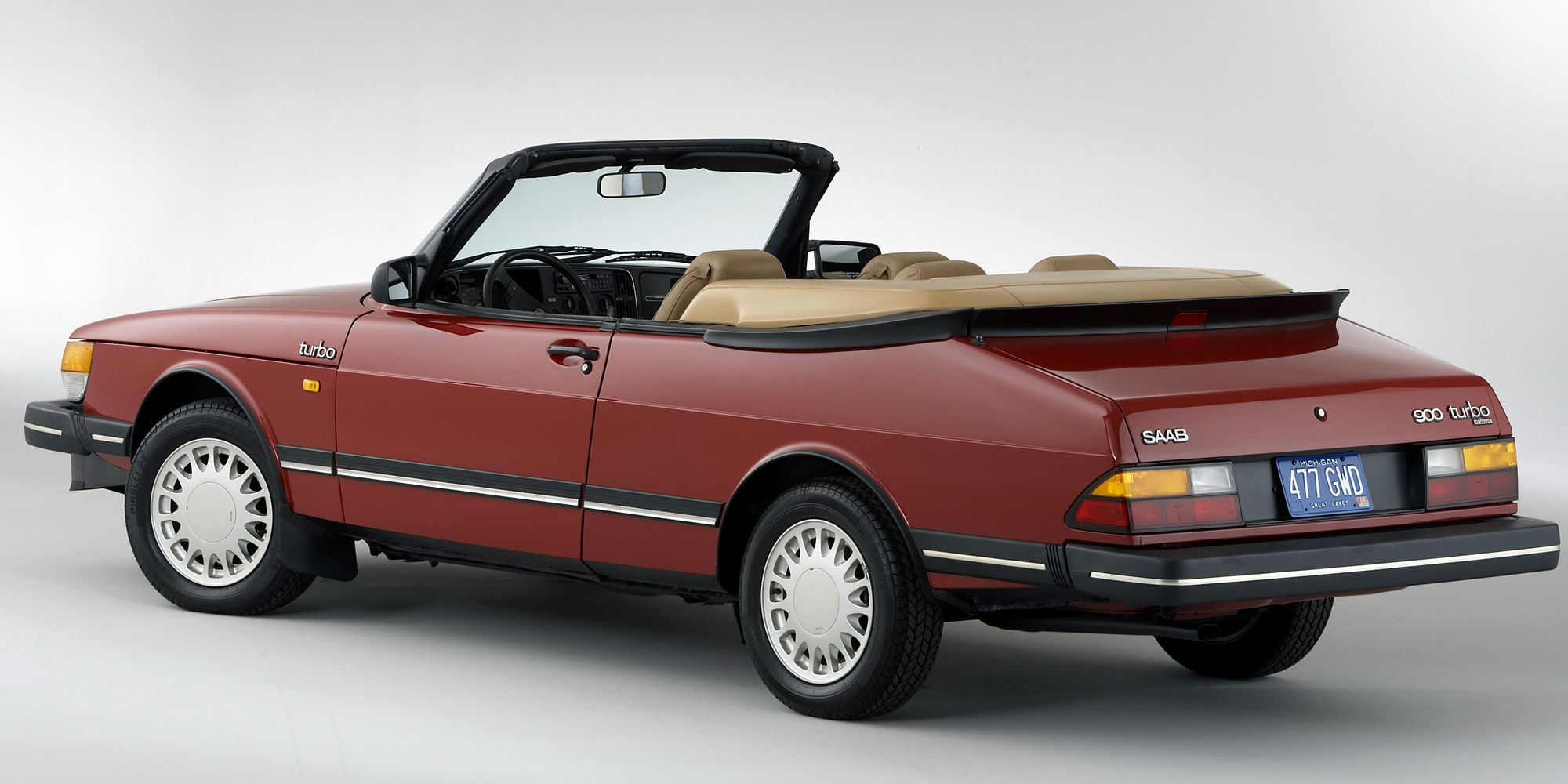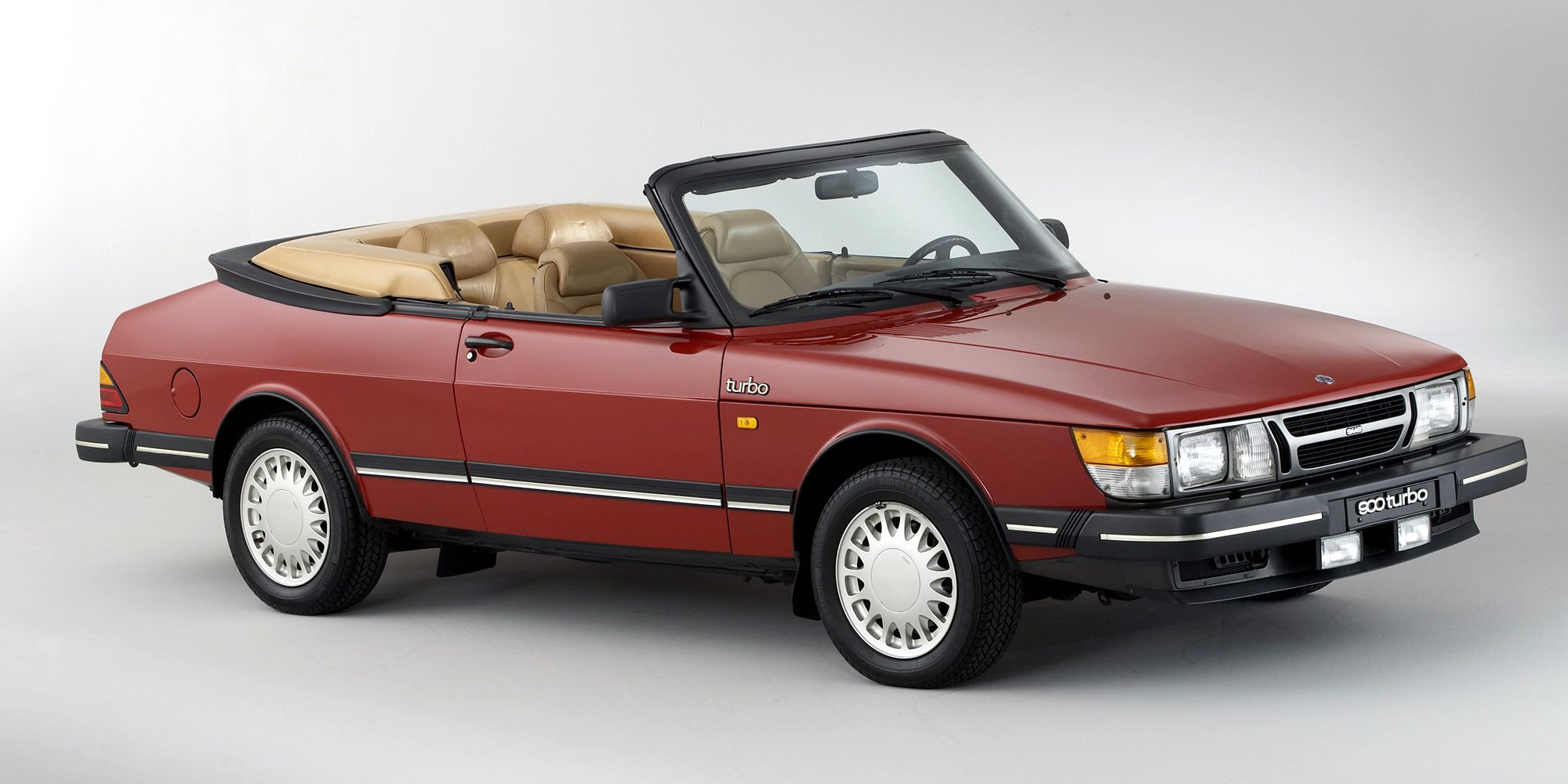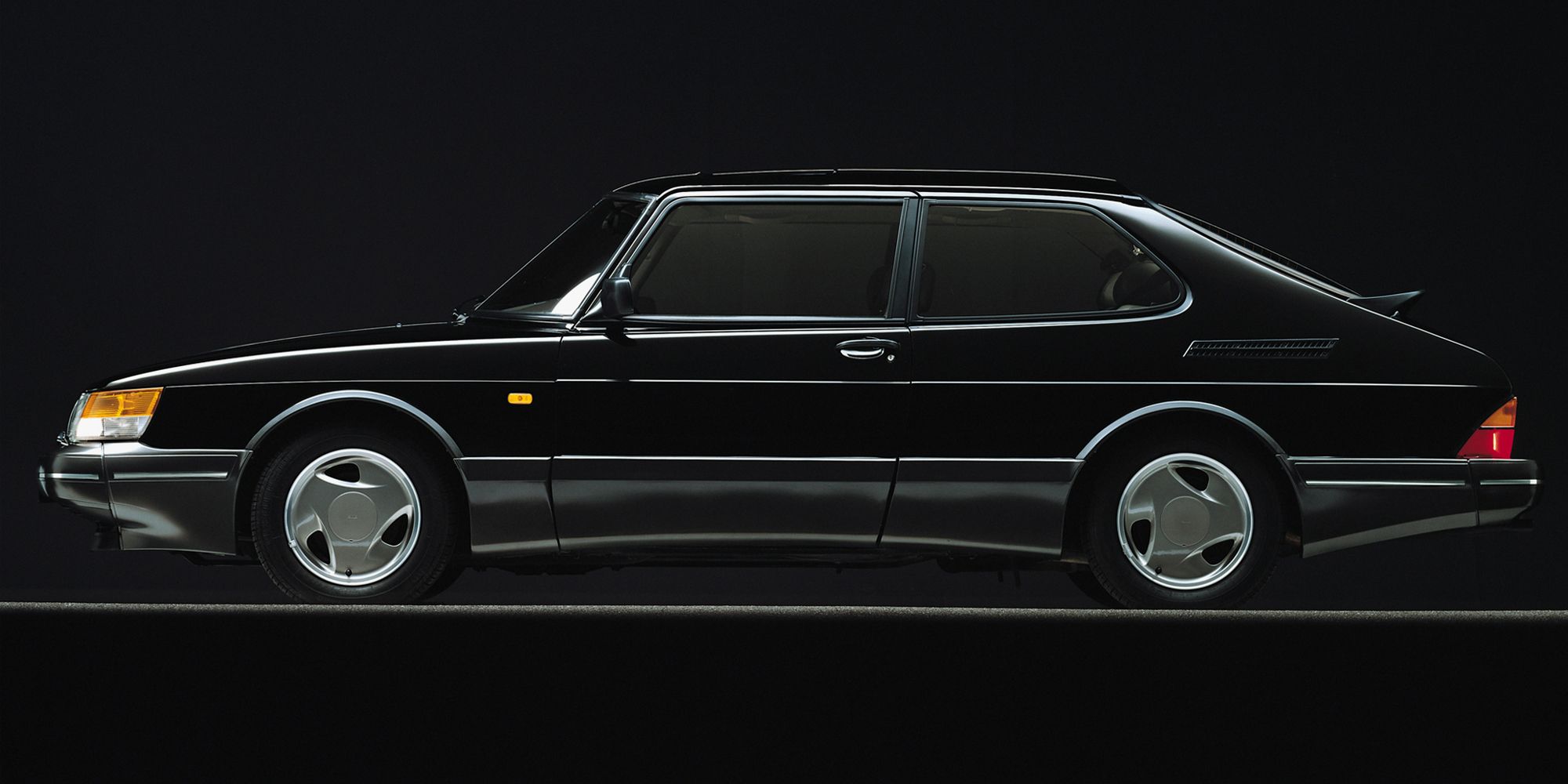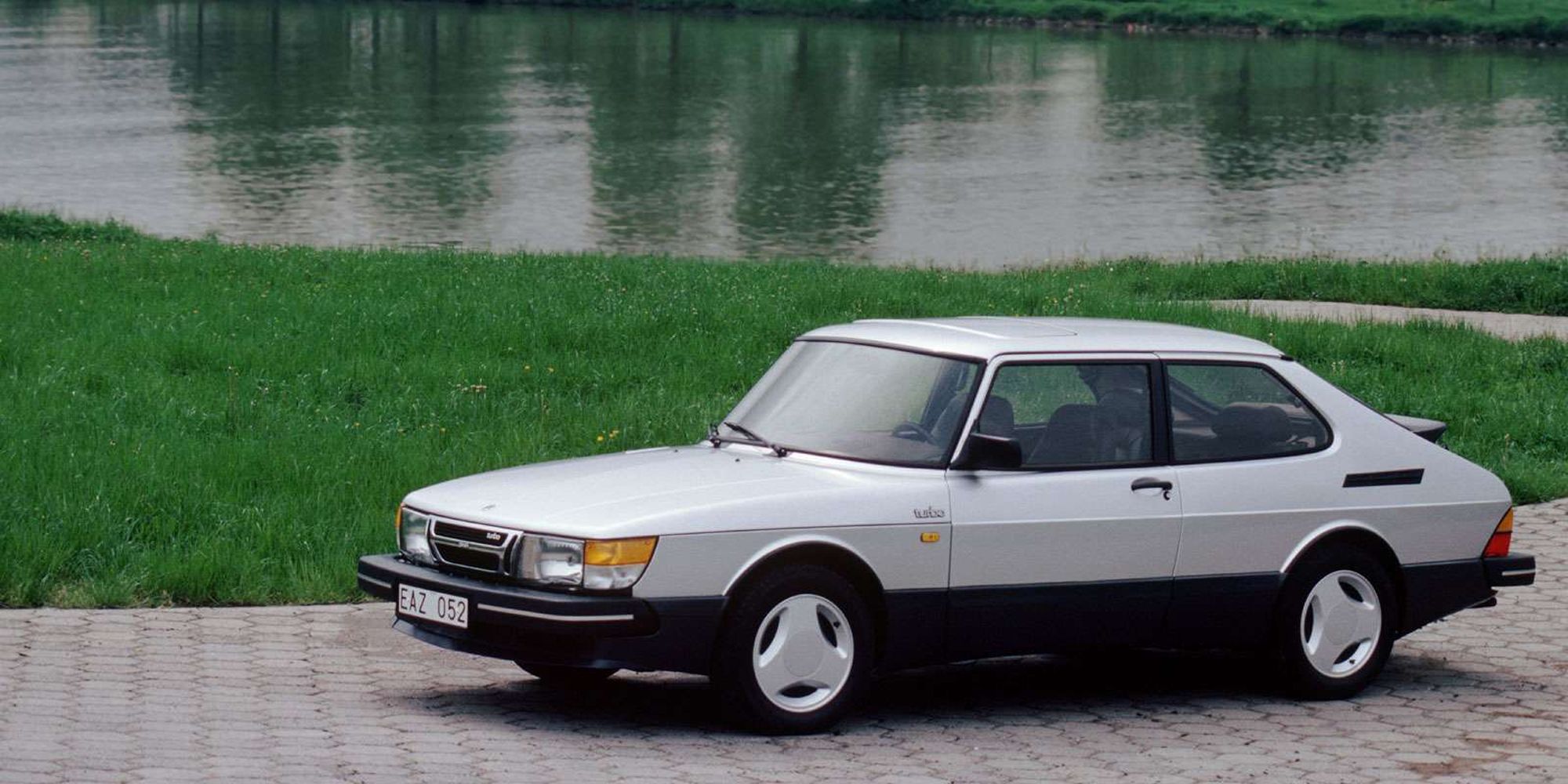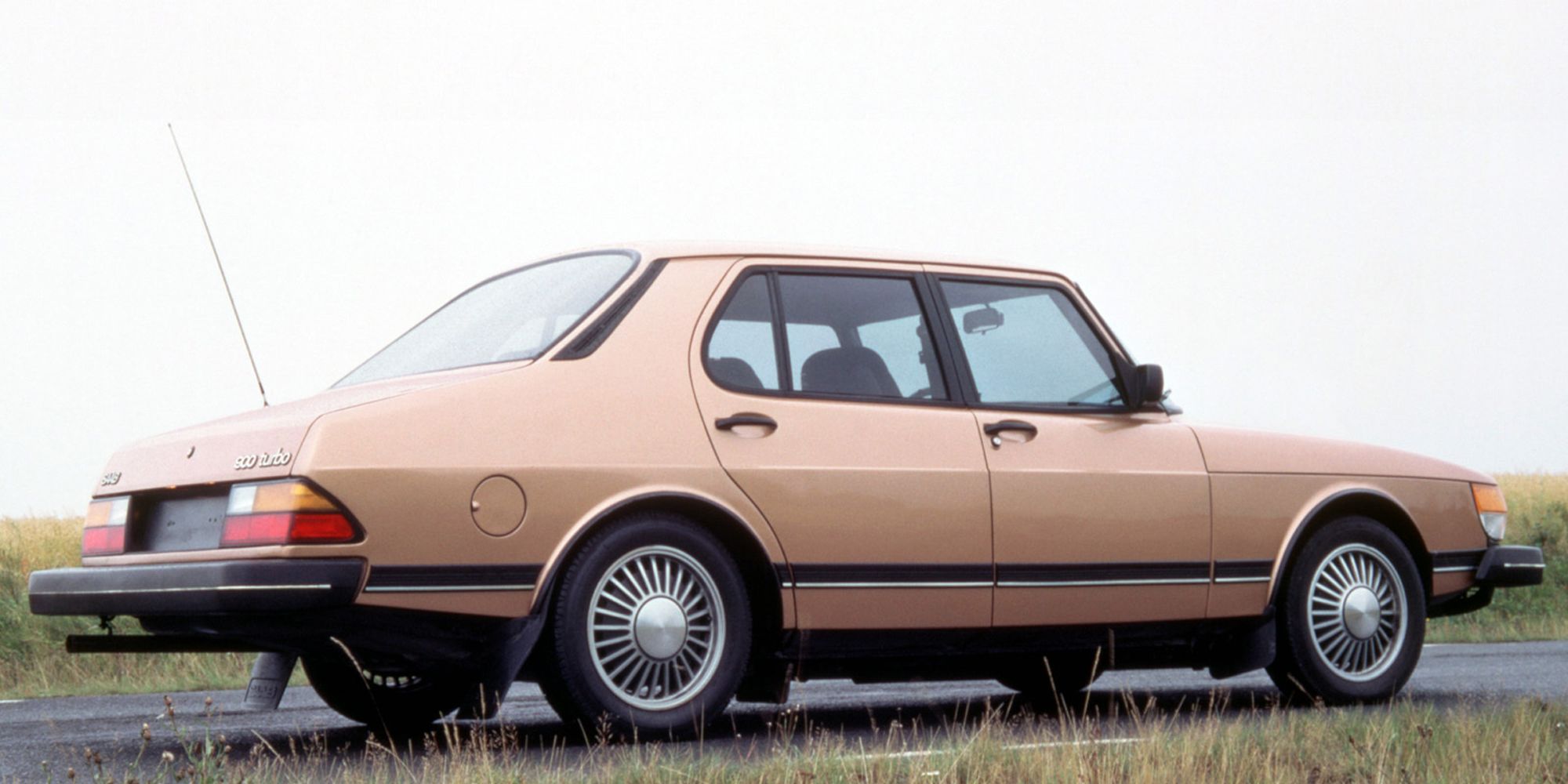One of the driving, or flying in this case, forces when it came to supplying fighter planes for WWII was Saab. The company was well-known for their robust fighter planes that the armed forces used for the duration of the war. After the war was over, demand for fighter planes had come to a spluttering halt. Saab, thanks to an idea and not having any particular use case for fighter planes, decided to try out building cars. From the very beginning, Saab did things very differently.
After a few less than successful models in the 1960s and prior, Saab finally struck gold with the original 900, which debuted in 1978. It soldiered on across two generations until 1998, before being replaced by the heavily GM-influenced 9-3. Like the company itself, which unfortunately went bankrupt, and all of their other models, the Saab 900 is just full of cool facts waiting to be discovered.
10 The Most Successful Saab
By a long shot, the 900 is Saab's most successful model, at least in terms of sales figures. Over 900,000 examples of the "Classic" 900, as it's known, were sold between 1978 and 1994, and the second generation model was very successful as well.
The 900 really was a great car, full of innovation and some surprising features. Most notably, at least when compared to the cars that preceded it, the 900 was surprisingly normal. This is undoubtedly a contributing factor in its long-term success, and it's well-deserved.
9 The Engine Was Oriented Longitudinally
A very interesting tidbit about the Saab 900 was its drivetrain layout. The original 900 was only offered with FWD, but despite that, the engine was mounted longitudinally, like the original Acura Legend. This is interesting, as almost every FWD car in history has had a transverse engine layout.
The engines in the 900 were also slanted at a 45-degree angle, much like the Chrysler Slant 6 of old. The main reason why Saab went with this layout is that it allowed them to install the holy grail of handling; double-wishbone suspension at the front, making the 900 one of many fantastic FWD coupes.
8 A Big Focus On Safety
You've probably heard this before, but there's a famous saying about Saab that goes "Nobody could every work out why the Saab 900i cost so much, until they crashed it" What makes that sentence even more important is that it was stated by a former engineer at Volvo.
Obviously, auto emergency braking and forward collision warning weren't a thing in the 70s and 80s, and airbags didn't become standard equipment until the end of the production run. The 900's safety record stems from how solid and how durable the construction is. It's basically unstoppable.
7 The Engines Were Great And Very Robust
After a long time of insisting on strange engine layouts, like V4s and two-stroke motors, the 900 featured a conventional lineup of four-cylinder gasoline engines, both turbocharged and naturally aspirated. Interestingly, Saab never developed a diesel engine for the 900 for other markets; it was gasoline all the way.
As the 900 was primarily designed for frigid Swedish winters (which also explains the lack of a diesel engine), you can be rest assured that the engines are very robust. They're getting a little old and might take some elbow grease to maintain, but if you take care of your 900, it will almost certainly last several hundred thousand miles, maybe even a million.
6 Why Was The Ignition Between The Seats?
One of the most well-known, but perplexing, features about Saabs is the ignition tumbler. In most cars, it's on the steering column, right next to the steering wheel. In the 900, and most other Saab models, it's in the center console by the shifter.
Many people see this as an inconvenience, and Saab owners always joke about forgetting that the key goes between the seats. Believe it or not, this is also a safety feature. This ensures that you won't accidentally hit your legs into the key in the event of a particularly bad accident. It might sound strange, but it worked.
5 Every 900 Was Basically Hand-Made
Saab wasn't really convinced by the idea of the production line or robotic assistance. Classic 900s were basically hand-made cars, which also contributed to their high price back in the day. But, don't let the fact that Saabs were hand-made put you off.
The engineers at Saab ensured that the 900 was built to the highest possible standard. If anything, they were built to the same standard as the Scania trucks in the nearby facility. That's a very rare combination; a hand-made car that's as robust as a semi truck. Win-win.
4 It Was Great To Drive, Even In The Snow
One of the 900's claims to fame is that it was a truly great car to drive. It was FWD, but it was still huge fun, thanks to the excellent chassis engineering and addictive turbocharged engines. It was great to drive on the road, of course, but that doesn't tell the whole story.
This might seem surprising, but the 900 could also hold its own in the snow. Despite only being FWD, shrouding the wheels in winter tires will make for a great winter rally car. The double wishbone suspension and indestructible chassis means you'll have great fun, even in below-freezing temperatures.
3 The Unique Clamshell Hood
We return once more to the Scania/truck influence on the 900. The hood had a very unique opening; it was a clamshell design, like old BMWs and Jaguars, but it also moved a few inches forward when it was opened; very similar to a truck hood.
The reasoning for this is simple; it allows you better access to the engine whenever the time comes to work on it. If it's well maintained, you probably won't need to, but in the unlikely event that something goes wrong, it's a lot more accessible and easy to work on.
2 Low-Octane Gas? No Problem
Back in the day, when the 900 was still new, higher octane ratings were slowly starting to roll out. A lot of cars with newer engine technology back then required, and explicitly warned about, higher octane gasoline and that they wouldn't run all that well with a lower octane rating. Not an issue on the 900.
On turbocharged 900 models, the APC system would automatically reduce boost pressure to whatever was safest for the gasoline pumping away inside the engine at that moment. This meant that even if you did pump lower octane by accident, or you lived in an area where high-octane gasoline still wasn't common, the 900 wouldn't cough up any problems at all.
1 First Production Car With A Cabin Air Filter
While it's common practice nowadays, back in the day, it was a huge deal. The Saab 900 was the first production car ever to have a cabin air filter. When the heater/AC were running, this filter would block out unwanted particles and gasses from outside the car.
This is a feature that we might take for granted in modern cars, but just the thought of it was definitely a plus point. If you lived in a more polluted city, your car would filter out the air and make it clear for you. It was just as crazy back then as it sounds.

